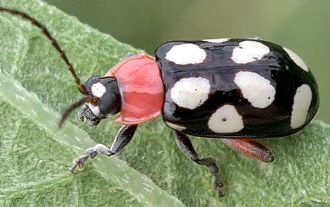
Omophoita cyanipennis (leaf beetle)
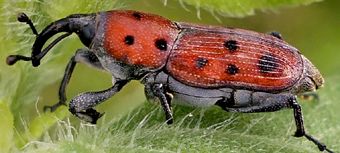
Rhodobaenus tredecimpunctatus (weevil)
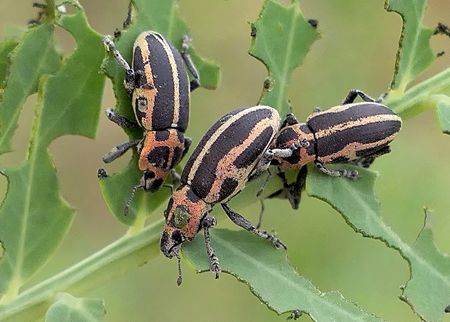
Eudiagogus pulcher (sesbania clown weevils)
| Large congregations of herbaceous insects can do major damage to a plant, as shown above. However, these clusters of weevils are relatively uncommon, even in ideal habitat such as this, and most of the large population of plants, a small portion of which is shown below, grow pest-free. |
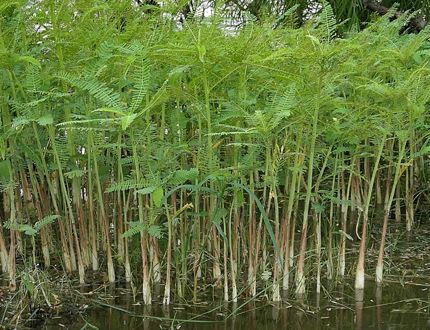
Sesbania herbacea (bigpod sesbania)
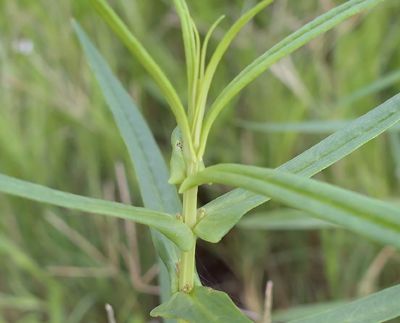
Ammannia coccinea (valley redstem)
| This plant is a morphologically intermediate polyploid hybrid between Ammannia auriculata and Ammannia robusta. The resulting offspring possess more chromosomes than each parent and are subsequently able to breed with other hybrids but not with either of the original species. |
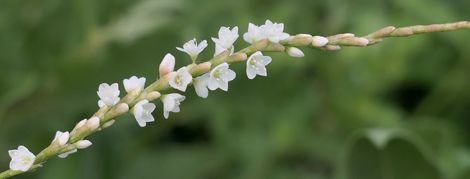
Persicaria punctata (dotted smartweed)
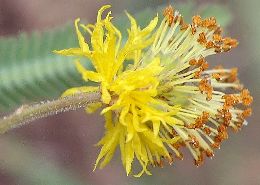
Neptunia lutea (yellow puff)
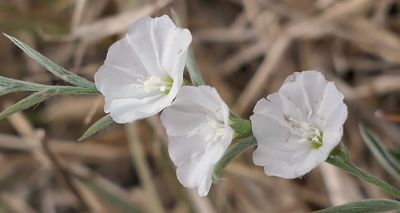
Evolvulus sericeus (silver dwarf morning-glory)
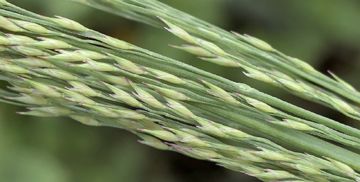
Panicum virgatum (switchgrass)
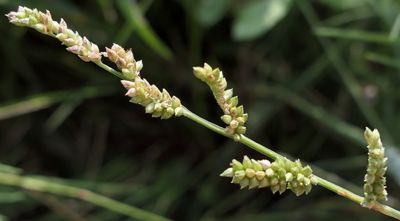
Echinochloa colona (jungle rice)
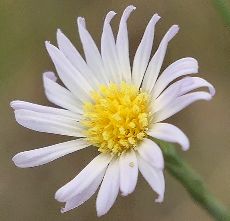
Symphyotrichum subulatum (blackland aster)

Poecilognathus (bee fly)
| The mouthparts of flies (order Diptera) can take a number of different forms. While the flesh fly shown below has a sponge-like structure, able to be withdrawn below the head, the bee fly shown above has an immovable nectar-siphoning tube. |

Unknown sp. (flesh fly)

Polistes apachus (Apache paper wasp)
| When defending its nest, this social wasp can be quite aggressive. But as it hunts alone for prey to take back as food for the colony's grubs, it is easily approached and quite unlikely to sting unless directly attacked. This individual pretty much ignored my intrusive camera as it focused on its task. |
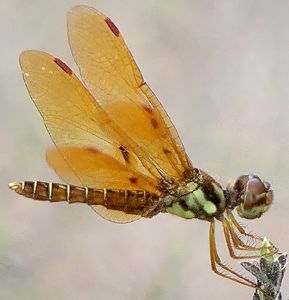
Perithemis tenera (eastern amberwing)
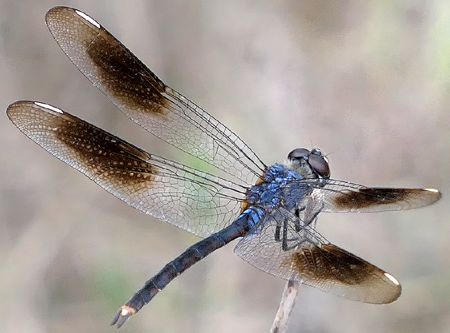
Brachymesia gravida (four-spotted pennant)
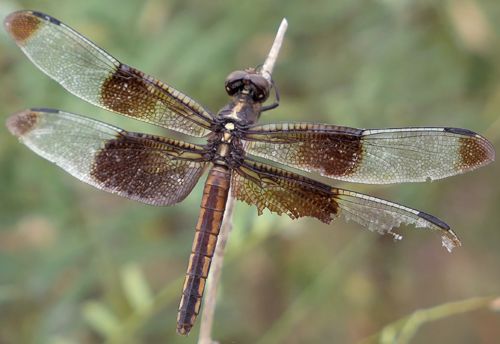
Libellula luctuosa (widow skimmer)
| Size, body coloration and wing markings are all important clues when identifying dragonflies. One other helpful detail is the color of the pterostigma (contrasting spot along the leading edge near the tip of each wing). Note the reddish, white and black pterostigmata on the three examples shown above. |
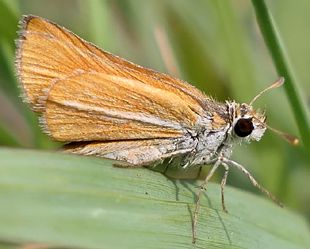
Copaeodes minima (southern skipperling)
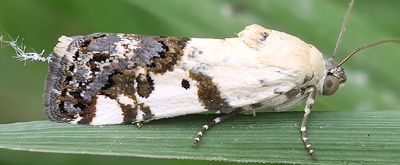
Tarache aprica (exposed bird-dropping moth)

Coleophora sp. (annulate case-bearer moth cocoon)
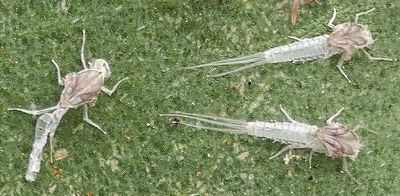
Unknown sp. (small minnow mayfly exuviae)
| When mayfly naiads are ready to leave the water and become airborne, they crawl onto nearby exposed surfaces to molt. The remaining exoskeleton shell, or exuviae, preserves details of their external anatomy. The gills on the sides of the abdomens of the two specimens at right are even visible! |
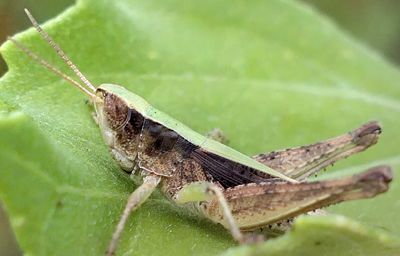
Dichromorpha viridis (short-winged green grasshopper)
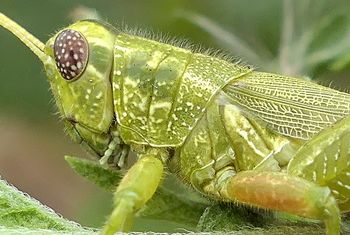
Campylacantha olivacea (fuzzy olive-green grasshopper)
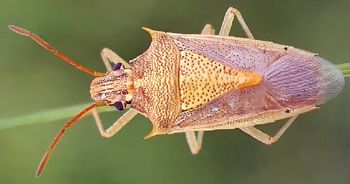
Oebalus pugnax (rice stink bug)
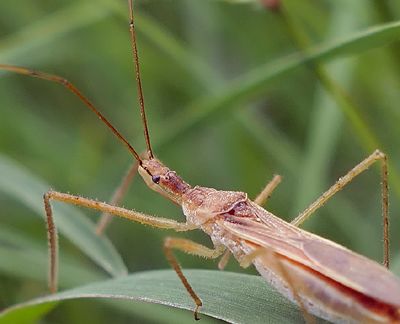
Zelus cervicalis (assassin bug)
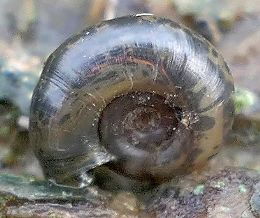
Unknown sp. (rams-horn snail)
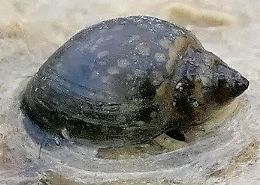
Unknown sp. (pond snail)

Lentinus tigrinus (tiger sawgill)
| Identifying mushrooms is often quite difficult, mostly due to variability as these fruiting bodies of fungi grow, age and decay. Besides features seen in dorsal and ventral views (it is always good to photograph both - see above and below), locale can be a great clue. This species grows only in riparian habitats, on wood that receives frequent soakings. |

Lentinus tigrinus (tiger sawgill)

![]()